Review – EasyThreed X1
A couple of weeks ago I mentioned that our trusty Ender 3 now has a little friend. I’ve been playing with an EasyThreeD X1, and now I’m going to tell you how it went.
If you’ve looked at 3D printers on Amazon or ebay recently you’ve probably seen the X1. It’s sold under a variety of brand names; Amazon was calling our one the WZTO Mini 3D Printer, but they also have the TOPQSC, GJCrafts and Kacsoo mini 3D printers, which all cost the same and (apart from the colour of plastic) look exactly the same. The box that arrived, however, says EasyThreed X1, so that’s what I’m calling it.
The X1 is marketed at kids and beginners, and sells for just under £90. For that sort of price you don’t expect a lot, and indeed the X1’s specs are fairly low. The most noticeable is its small print volume of just 100x100x100mm, but there are some other serious limits, too. For example it doesn’t have a heated bed, so it’s really limited to printing in PLA. On the other hand it comes almost fully assembled and looked simple to use, so we thought we’d give it a try.
What’s In The Box?
When the box arrived it was hard to believe any 3D printer, even a small one, could fit in there. Inside, however, I found three polystyrene trays. The top one held a small bag of accessories and a 10m coil of white PLA, and the bottom two contained the printer in three parts, all of them already wired together.
Assembling the X1 only takes a couple of minutes. The main section holds the bed and the X and Y axis motors; the Z axis clips into this, then all you have to do is secure it with a pair of screws and plug a cable into a connector. Finally, assemble the filament holder and slot it over two screws that are already fitted to the base, and stick on the four non-slip feet. It took me less than five minutes to put everything together. The electronics are all housed in a separate box that’s permanently connected to the printer with one of the cables.
So, now that everything’s assembled, what do we have? Well, you’re not going to mistake it for the Ender anytime soon. The body of the EasyThreed X1 is made of moulded plastic and 6mm steel rods. It’s very lightweight and everything has a scaled-down feel about it – the stepper motor housings are tiny – but it also feels quite solid. Allowing for how it’s built it doesn’t seem at all flimsy.
The most obvious thing about the X1 is its simplicity. The electronics box has four buttons, a TF card slot and a power socket. There isn’t even a screen. The extruder and hot end are both enclosed in the same plastic housing; all that’s visible of the extruder is a short length of PTFE tube poking out the top. There are no tensioners or anything else to worry about, so if you’re looking for something kids can use this is definitely ideal.
The print bed is as tiny as you’d expect, given the small build volume. It consists of two plastic plates separated by spring-loaded standoffs, with a thumbscrew at each corner so you can level it. The actual print surface is magnetic and flexible, so getting finished prints off it is easy. According to the listing on Amazon a heated bed is available as an option, but I can’t see any way to order it.
Loading the X1 with filament is ridiculously easy. All you need to do is power it up and feed the end of the filament into the extruder tube, then press the + button. The hot end will heat up – the plastic housing makes it hard for curious little fingers to get themselves burnt – and when it’s hot enough molten filament will start squiggling out. Then you can power it down again and find something to print.
The bag of accessories that comes with the X1 includes a USB TF card reader and a TF card, which is preloaded with a couple of test prints and EasyThreed’s own Easyware slicer. I installed Easyware on my PC and tested it, and it’s actually not too bad apart from being partly in Mandarin even with the language option set to English. It’s certainly simple enough to use. However, you’ll get a lot more options with Cura, so I downloaded a profile from Thingiverse and used that for most of my prints.
So How Does It Print?
The first thing I have to say about the EasyThreed X1 is that the filament holder is rubbish. It’s not big enough to take a standard 1kg spool, although 250g ones work fine. I just took it off and printed a couple of simple spool rests fitted with skateboard bearings. Yes, this will print on the X1 – just stand it upright and turn it diagonally. Four of them and four 608 bearings will assemble into a pair of rests that can handle any size of spool. I found it’s easiest to use my own versions with the filament coming off the underside of the spool; if it’s coming off the top, sometimes the extruder will pull the spool right off the rests.
You might be wondering how you select print files when the X1 has no screen and so few buttons. Well, you can’t. When you press the print button it will print the most recent file on the TF card. It’s not flexible, but it is simple.
When it comes to actual printing, the X1 isn’t bad at all. Print speed is good – actually faster than the Ender 3 on default settings, although the Ender can be tweaked to beat it easily enough. Print quality is also surprisingly good. Its little steppers work in 0.05mm increments, so default layer thickness is 0.15mm. Combined with a 0.4mm nozzle that means it’s capable of reasonable precision, and it generally lives up to that promise. Larger surfaces show some signs of vibration, but considering how light the X1 is that’s to be expected. Otherwise it’s pretty good. When everything works properly, this little 3D printer can turn out a very decent 3D Benchy.
Why did I say “When everything works properly”? Well, because sometimes it doesn’t. Occasionally our X1 will glitch halfway through a print and shift the next layer a quarter of an inch or so to one side. The first time that happened I thought it was a snag in the filament putting tension on the head, but it wasn’t. It just seems to happen randomly.
When it doesn’t happen, though, the X1 works much better than I expected for the price. If I want to print something small, and the Ender 3 is busy (which it usually is) I’m quite comfortable just loading it into the X1 and hitting the start button.
The Verdict
If you want to introduce kids to 3D printing, or experiment with the technology yourself, the EasyThreed X1 is a great starter printer. It doesn’t have much in the way of upgrade potential, but for what it is it works very well. I’d go so far as to say that if you want to print the occasional small object, and can work with the limited build volume, it’s a viable option. Yes, this is a simple, low-budget printer, but (as long as it doesn’t glitch) it’s as good at making small PLA objects as most people will need – and it’s great value.

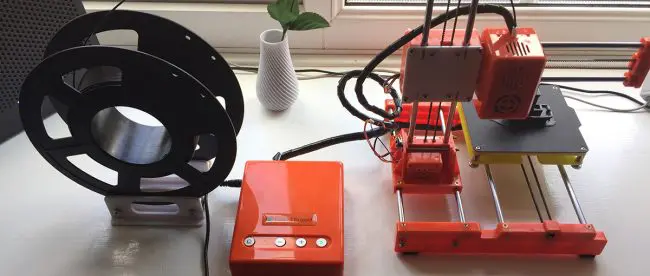
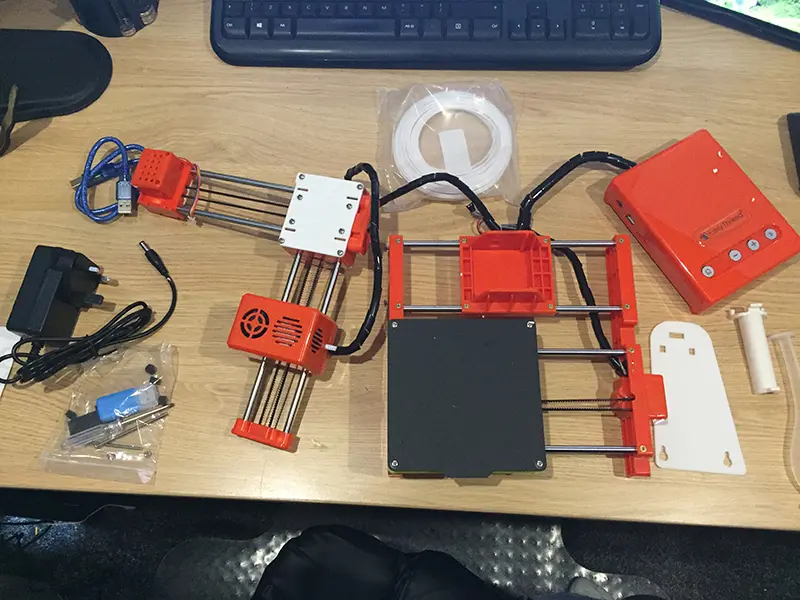
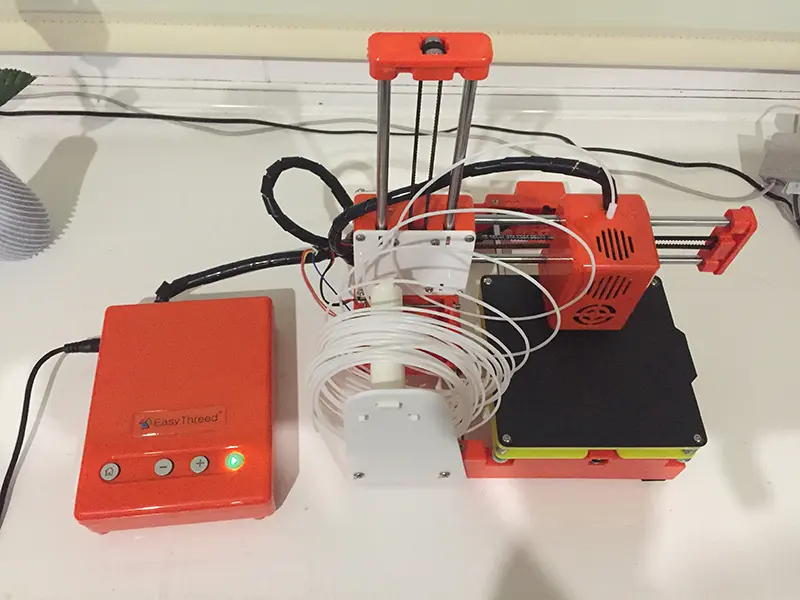
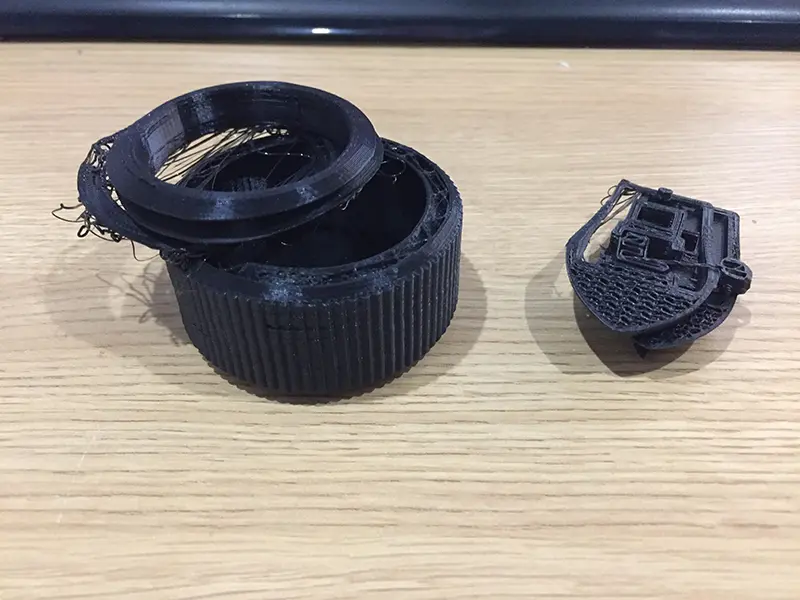

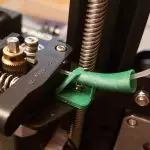
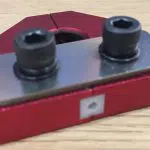
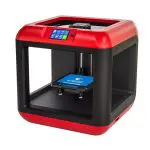
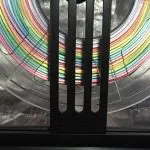
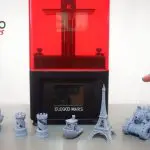
Leave a comment
You must be logged in to post a comment.